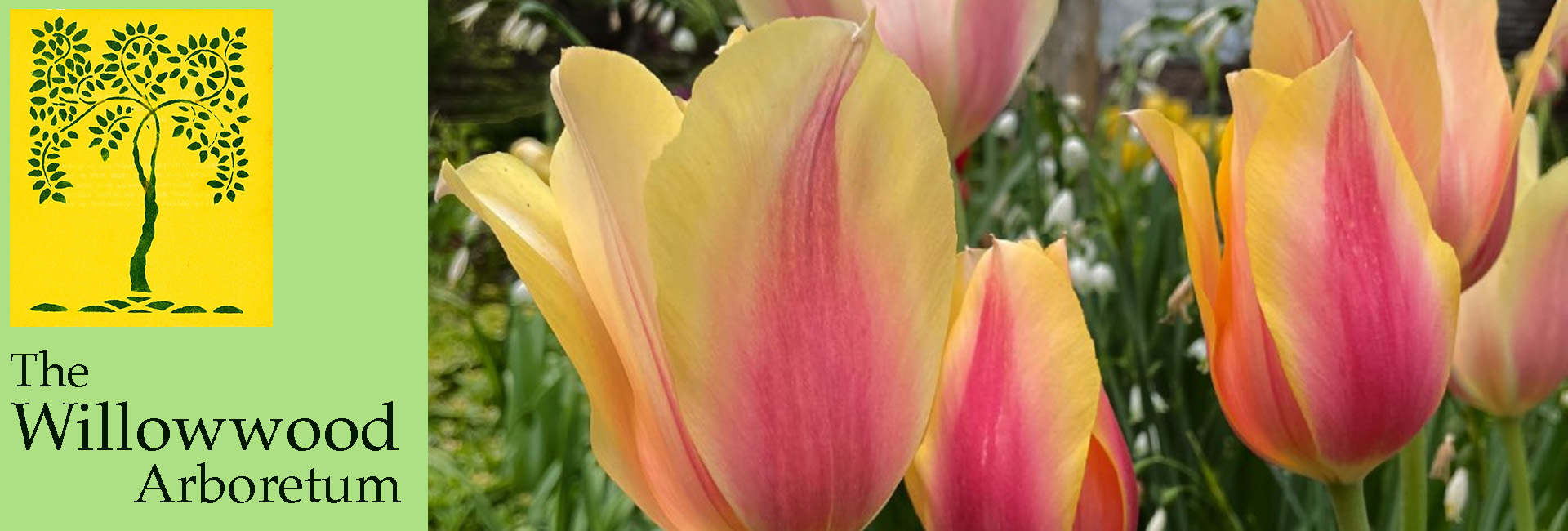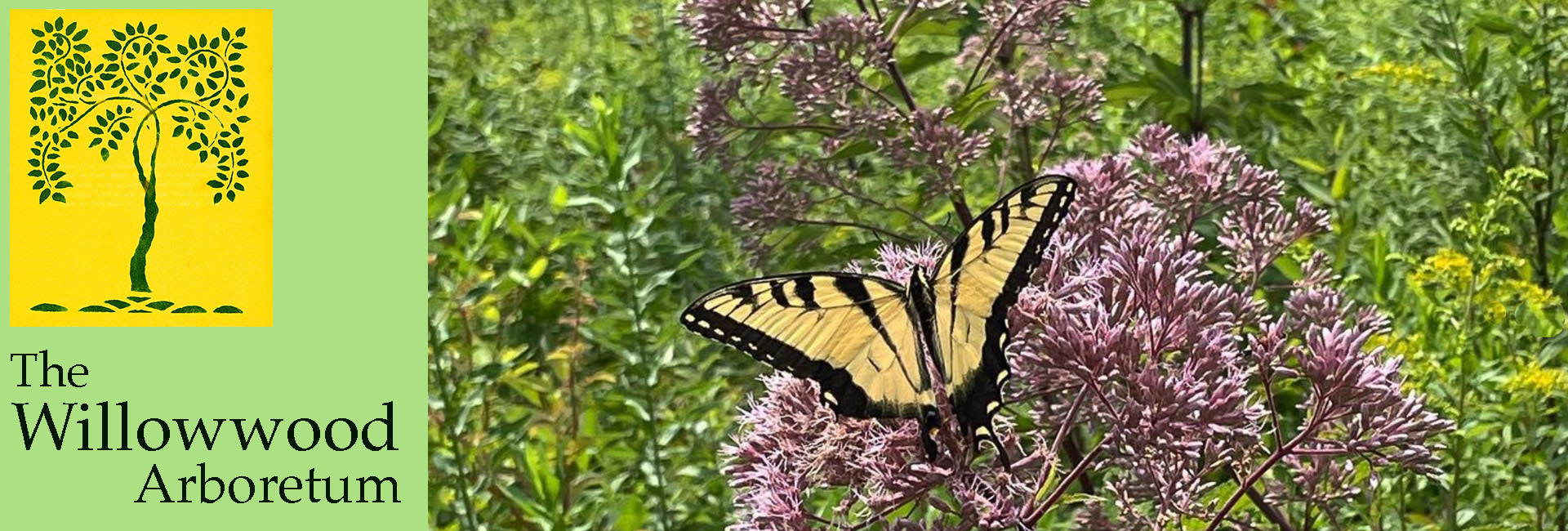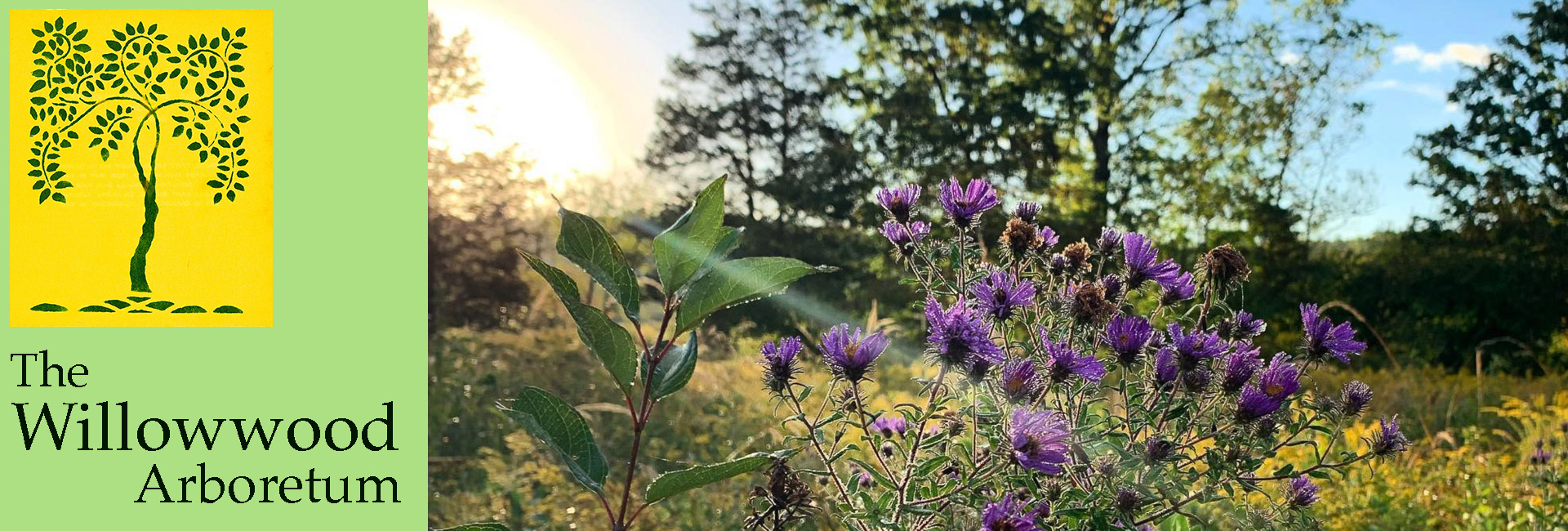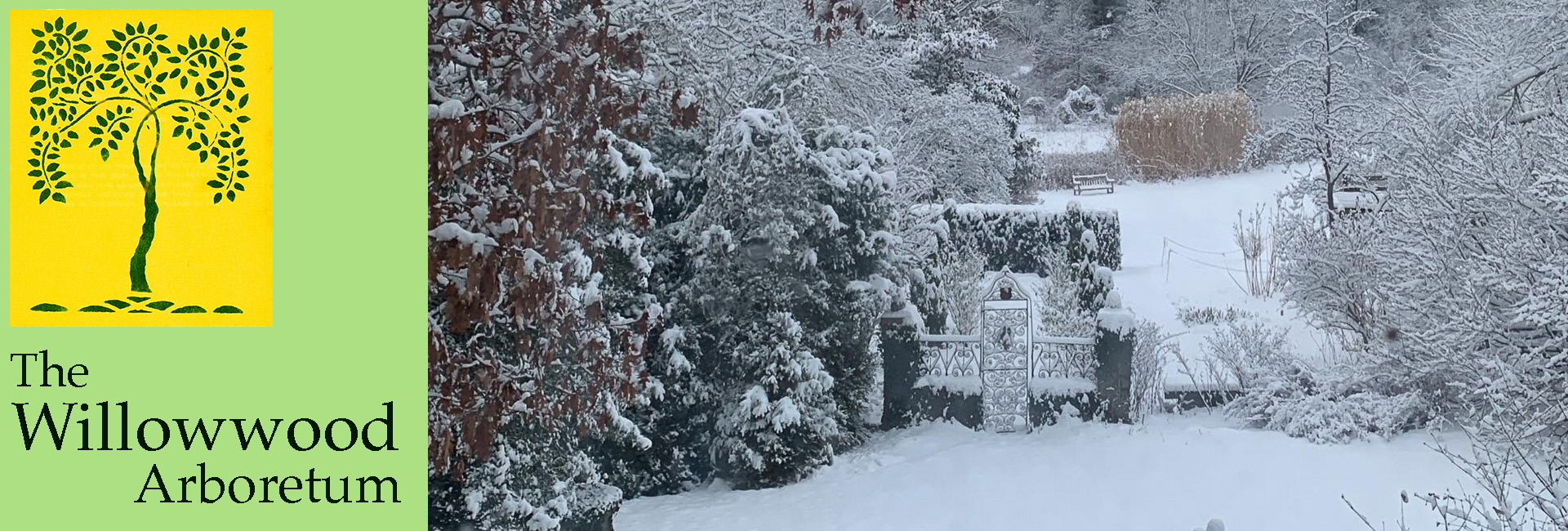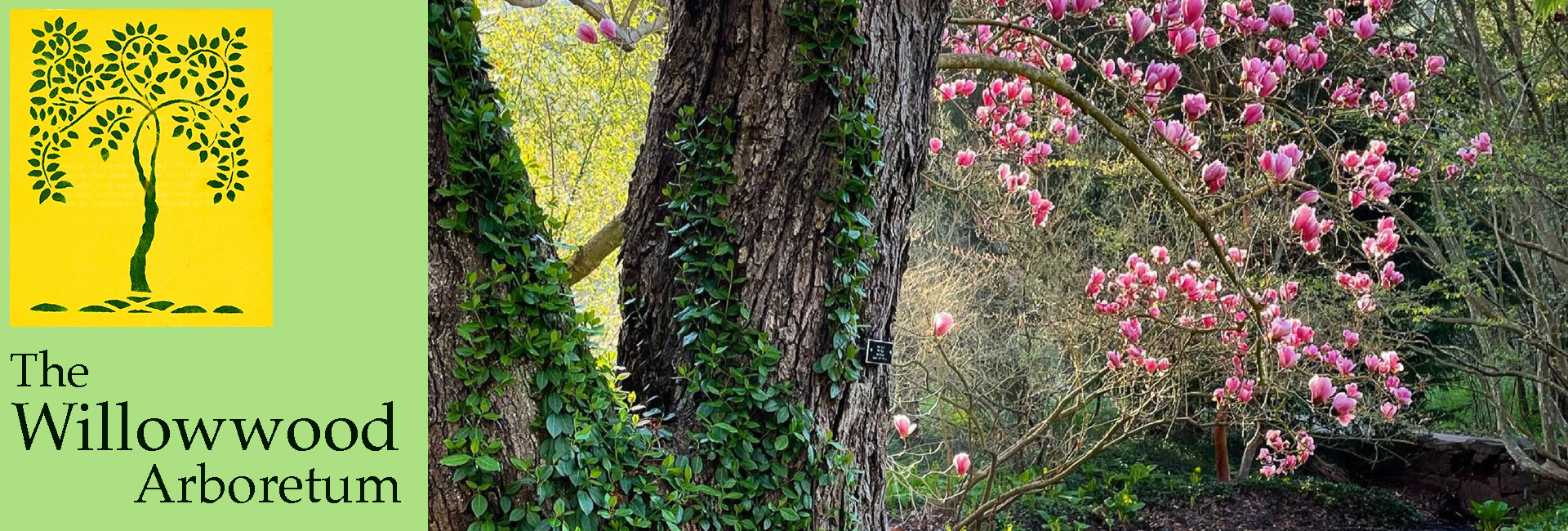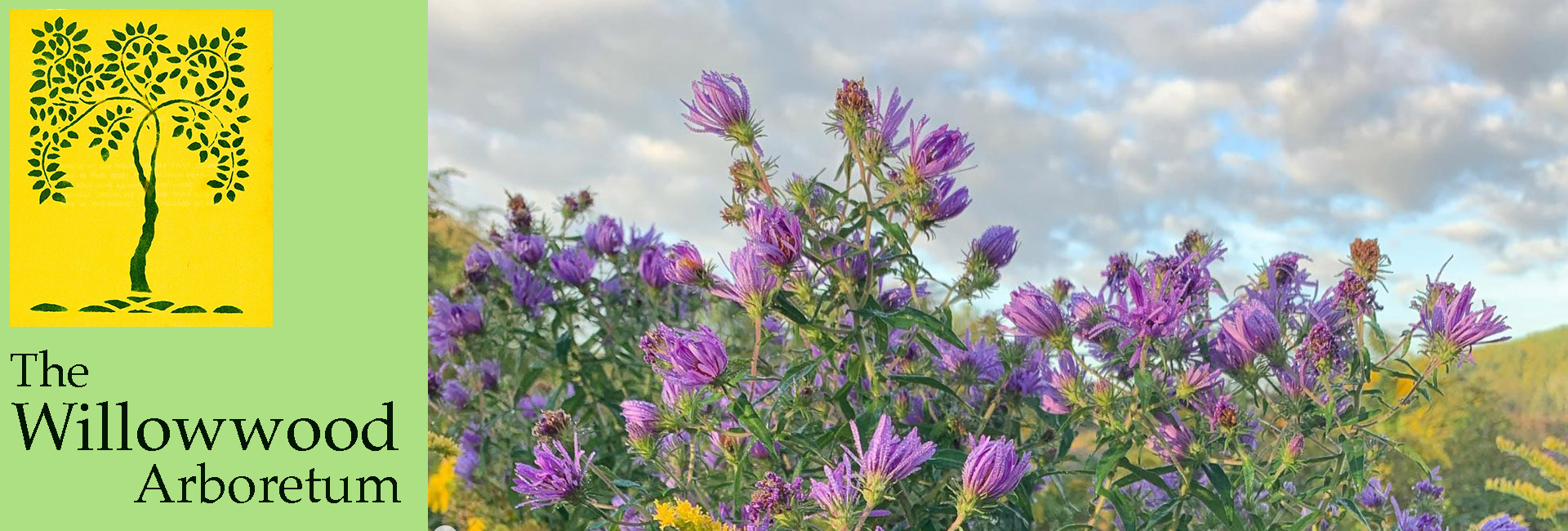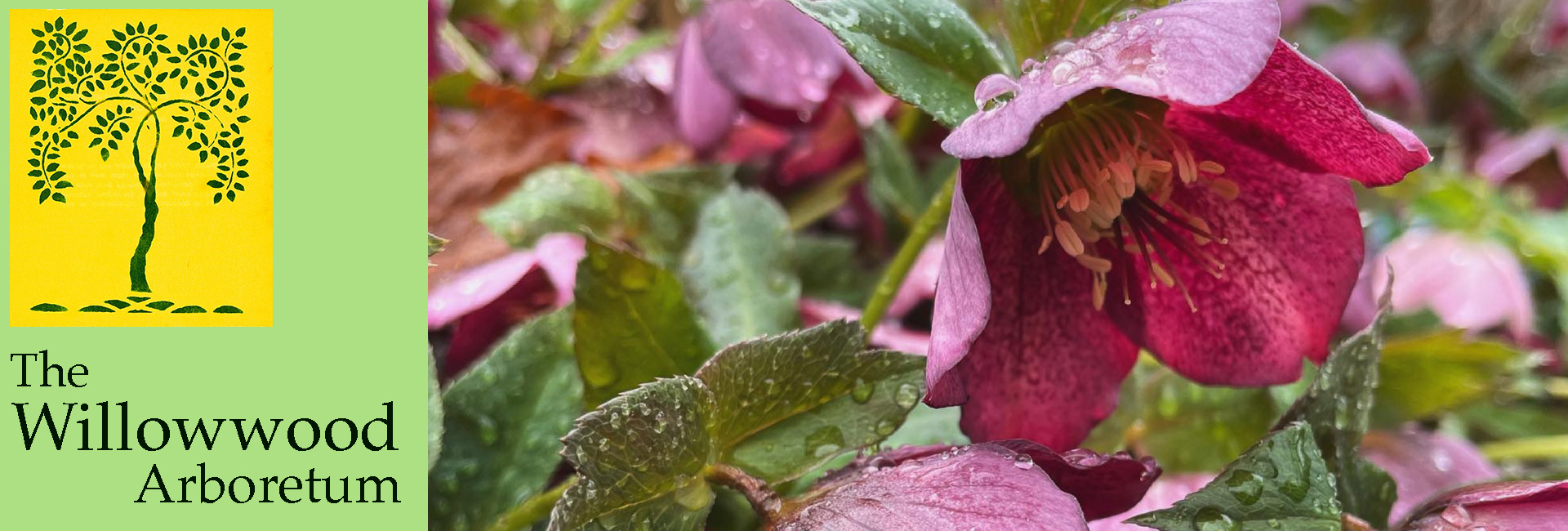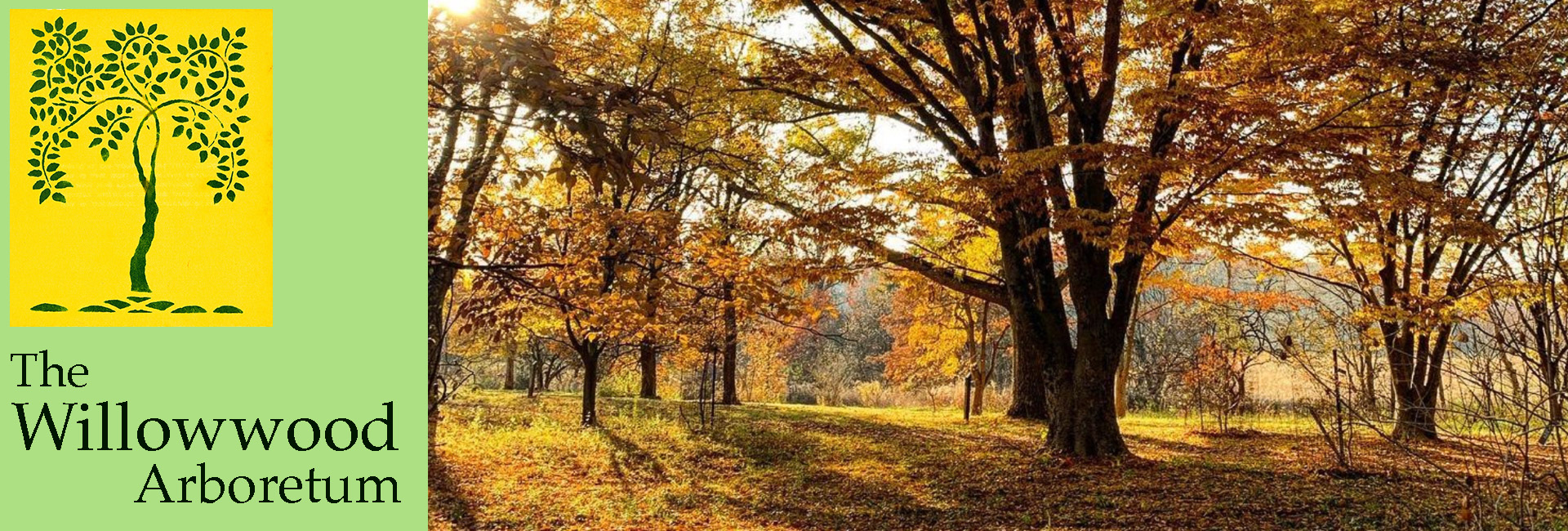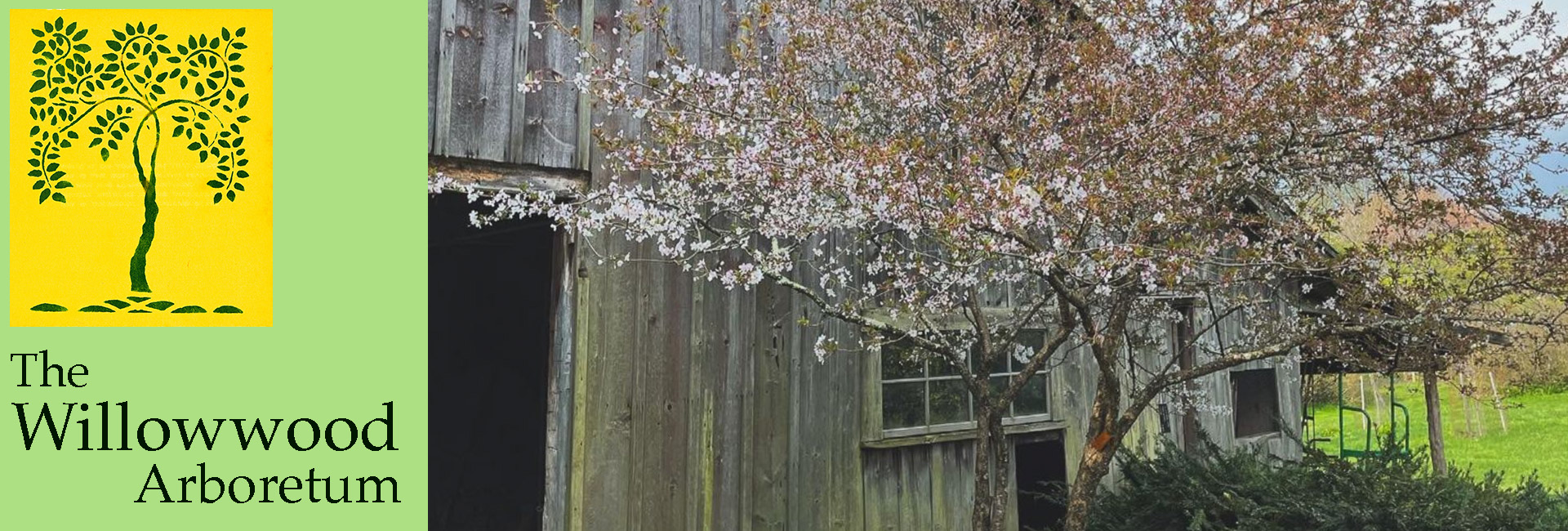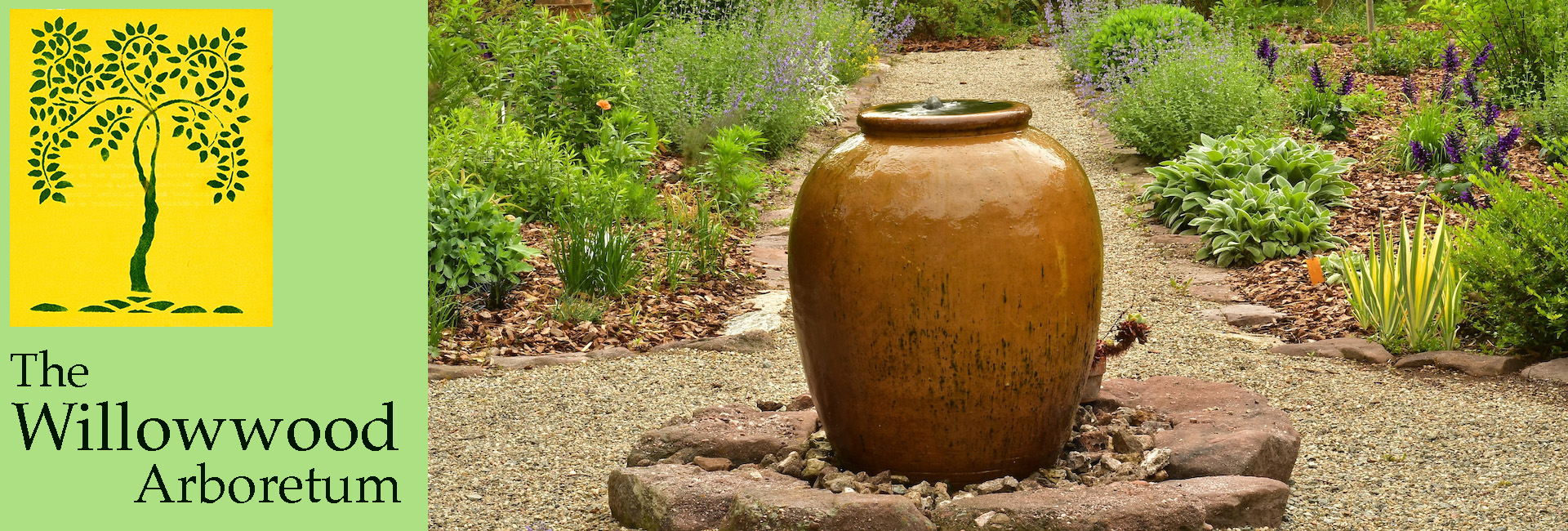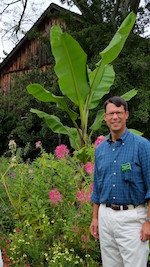It is with great pleasure that I write to introduce Meryl Carmel as the new Willowwood Foundation President and Joseph Arvay DMD who has the difficult job as replacement for past Treasurer and long time Trustee Stathis Andris to whom we owe many thanks for his financial diligence and guidance.
I will assume the responsibilities of Vice President, insuring a smooth transition as we move forward.
Meryl is an author, historian, horticulture enthusiast and is passionate about Willowwood and its History. Her collaborative personality, tenure with the Willowwood Foundation and big picture thinking are a perfect fit for the role of President.
Joe also brings many years with the Willowwood Foundation Board, a huge passion for horticulture and an analytical style that perfectly suits the role of Treasurer.
With both Meryl and Joe’s institutional knowledge and commitment to the Willowwood Arboretum, the Foundation’s leadership remains in very capable, committed hands. We look forward to the resumption of our regular activities: The Lilac Party (May 15, 2022), Tubbs Lecture (April 24, 2022), Mothers Day Lilac Sale and the Autumn Open House in 2022. Thank you for your continued support of the Foundation and interest of the Willowwood Arboretum.
Warm Regards, Brace Krag
